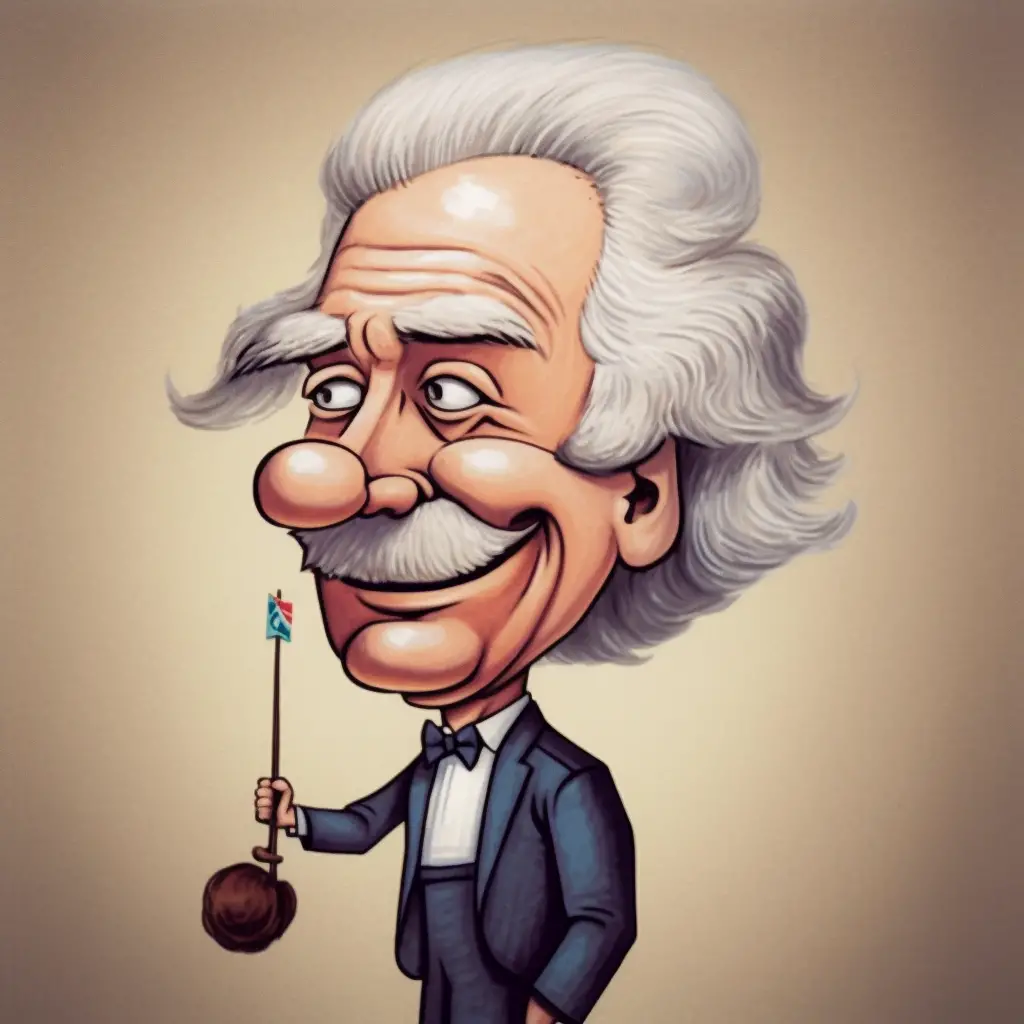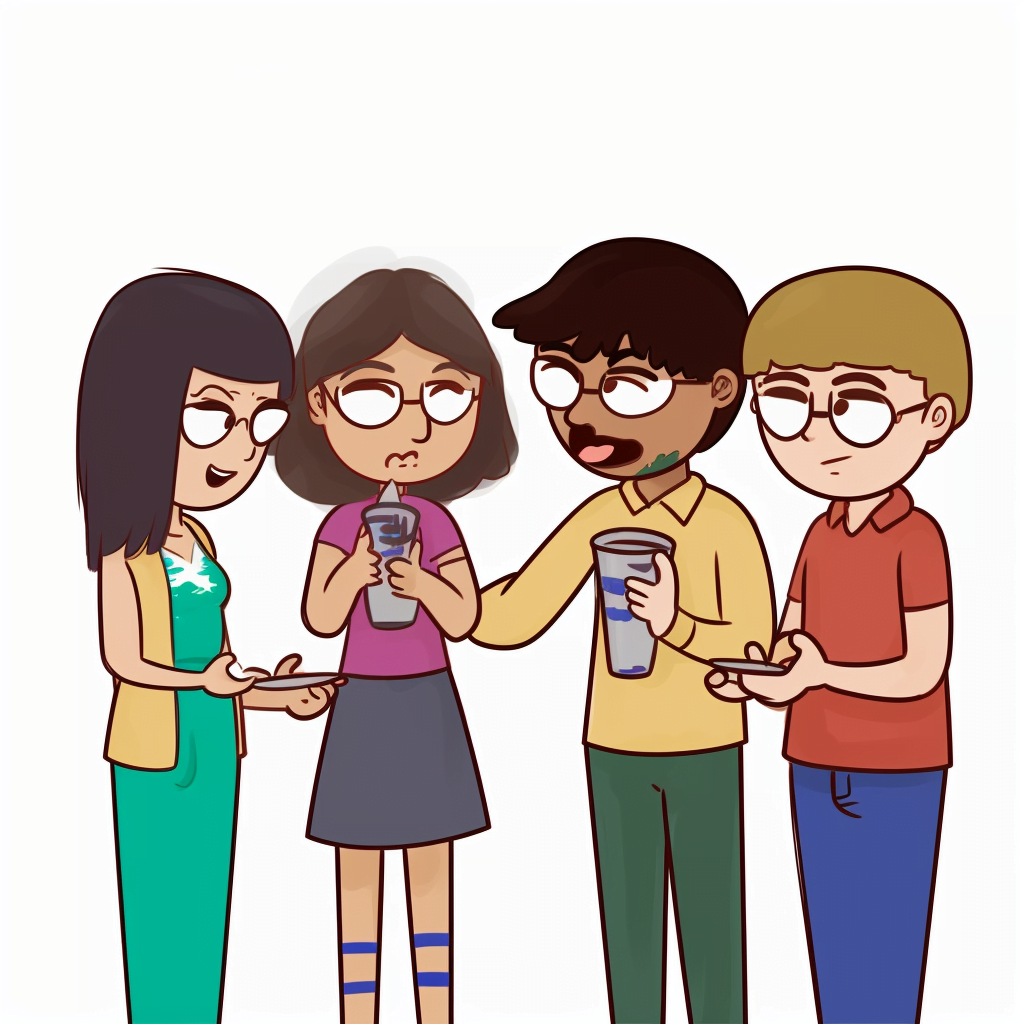
When several attempts are made to solve a problem, this is known as trial and error. If you try something new, and it doesn’t work, but you keep trying different things until it does, this is the trial and error method. Almost all organisms in the world learn new behaviors in this manner, more or less.
Think of when you were a dumb little kid. You were probably hungry a lot and when mommy wasn’t in the kitchen, you wanted to make your own food. Well, you learned your lesson the hard way, you shouldn’t touch that hot stovetop! Dummy. But later, you learned you could simply reach into the fridge when mommy wasn’t looking and snack on all the yogurt your dumb little hands could grasp. Success!
Trial and Error: A Nifty Psychological Tool
Trial and error, in the realm of psychology, is a handy-dandy tool in the problem-solving toolkit. Picture it as a pair of pliers, just waiting to help untangle the knots in life’s trickiest problems. Learning from mistakes and adjusting along the way is the name of the game.
The Science Behind the Slip-Ups
The brain is a fascinating organ, and it loves to learn. Scientists have discovered that when a person tries something and fails, their brain goes into overdrive, searching for a better solution. This process is like a team of tiny detectives, investigating the scene and searching for clues to crack the case.
Trial and error not only helps people learn, but it also helps them adapt to new situations. A person who is good at trial and error is like a chameleon, changing their approach until they blend into their environment. This skill is an essential part of human evolution and survival, so remember: it’s okay to make mistakes!
The Magical World of Trial and Error in Animals
Humans aren’t the only ones who make use of trial and error. The animal kingdom is full of critters that learn through their blunders. Imagine a baby bird attempting its first flight. It might not be the most graceful creature at first, but with each tumble and crash, the bird learns and improves.
Even in the deep blue sea, creatures like the octopus rely on trial and error to find the best way to open a clamshell or navigate a complex environment. With each fumble and struggle, the octopus learns how to be a better, more resourceful hunter.
Oops! Famous Examples of Trial and Error in History
Believe it or not, trial and error has played a significant role in some of the world’s most famous inventions and discoveries. Let’s take a trip back in time and explore a few examples:
Thomas Edison’s Light Bulb Moment
Thomas Edison, the inventor of the light bulb, was no stranger to trial and error. Edison tested thousands of different materials before he found the perfect one for his light bulb filament. As the saying goes, “Genius is 1% inspiration and 99% perspiration.”
The Wright Brothers’ Flight to Success
Orville and Wilbur Wright, the pioneers of modern aviation, didn’t just wake up one day and start flying. They experienced plenty of failures and setbacks before they finally achieved flight. They built and tested various designs, learning from each attempt until they got it right.
Tips for Using Trial and Error Like a Pro
Now that we’ve seen how trial and error works in psychology, history, and the animal kingdom, here are some tips for using it effectively in everyday life:
- Embrace the mistakes: Don’t be afraid to fail. Think of each error as a stepping stone on the path to success.
- Stay persistent: Keep trying new things until you find the solution that works best.
- Learn from others: Observing how others solve problems can provide valuable insights and help you avoid making the same mistakes.
- Reflect and adjust: After each attempt, take a moment to think about what went wrong and what could be done differently next time.
In conclusion, trial and error is an essential problem-solving strategy in psychology that helps individuals and animals alike learn from their mistakes and adapt to new situations. By embracing the power of trial and error, anyone can become a master problem solver and navigate life’s challenges with ease.
So, the next time you’re faced with a tricky problem, just remember: keep trying, and you’ll find the solution eventually!




